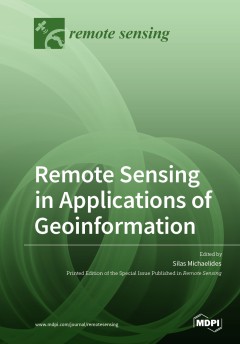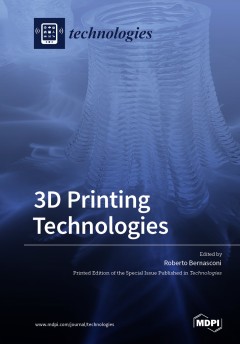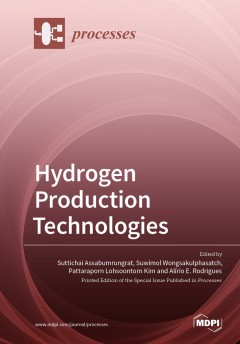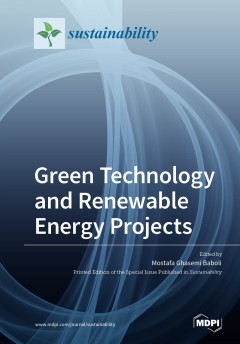Filter by

Remote sensing in applications of geoinformation
Remote sensing, especially from satellites, is a source of invaluable data which can be used to generate synoptic information for virtually all parts of the Earth, including the atmosphere, land, and ocean. In the last few decades, such data have evolved as a basis for accurate information about the Earth, leading to a wealth of geoscientific analysis focusing on diverse applications. Geoinform…
- Edition
- -
- ISBN/ISSN
- 9783036523262
- Collation
- vii, 164p.; ill.
- Series Title
- -
- Call Number
- 609 MIC

3D printing technologies
The family of technologies collectively known as additive manufacturing (AM) technologies, and often called 3D-printing technologies, is rapidly revolutionizing industrial production. AM’s potential to produce intricate and customized parts starting from a digital 3D model makes it one of the main pillars for the forthcoming Industry 4.0. Thanks to its advantages over traditional manufacturin…
- Edition
- -
- ISBN/ISSN
- 9783036531700
- Collation
- ix, 98p; ill
- Series Title
- -
- Call Number
- 620.0042 PRI P

Hydrogen Production Technologies
Hydrogen has been an important feedstock for various industries, and its global market is already valued at hundreds of billions of dollars per year. It is also playing additional roles as a clean alternative energy carrier for power generation and as a crucial feedstock in the bioeconomy. This Special Issue “Hydrogen Production Technologies” highlights different thermochemical, electrochem…
- Edition
- -
- ISBN/ISSN
- 9783039436682
- Collation
- vii, 174p. : ill,
- Series Title
- -
- Call Number
- 665.81 HYD h

Green Technology and Renewable Energy Projects
Currently, water and energy are among the world biggest challenges. All countries working on increasing industries and searching for progress need energy. Beside the limitation on the energy in the world, the aspect that has limited the use of energy is global warming. Fossil fuels are mostly used in the industries produce greenhouse gasses that cause trapping of the heat in the atmosphere and …
- Edition
- -
- ISBN/ISSN
- 9783036539423
- Collation
- ix, 112p. : ill,
- Series Title
- -
- Call Number
- 600 MOS g
 Computer Science, Information & General Works
Computer Science, Information & General Works  Philosophy & Psychology
Philosophy & Psychology  Religion
Religion  Social Sciences
Social Sciences  Language
Language  Pure Science
Pure Science  Applied Sciences
Applied Sciences  Art & Recreation
Art & Recreation  Literature
Literature  History & Geography
History & Geography